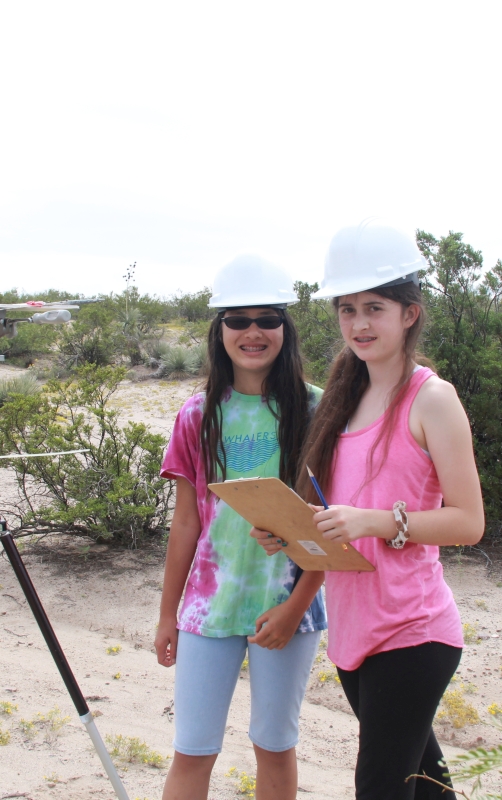How cold is that rain?
If you’ve stood outside in the rain, even on a warm day, you’ve felt the chill of the rain. There are two reasons, the first being that water takes up heat from your skin much faster than does air when both the rain and the air are at the same temperature that’s lower than body temperature – the same reason that metal feels cold even when it’s at room temperature or even above. The second reason is that the rain is at a lower temperature than the air, and we can estimate just how much cooler it is, based on air temperature and relative humidity. We can also reverse the calculation, to estimate relative humidity from the temperatures of the air and of the rain (catch the rain in an insulated cup).
I present the theory and examples in a PDF document (I wrote it in Word with MathType – too many equations to save and paste into WordPress handily!). I hope you enjoy it.
You can skip to using the theory to estimate the rain’s temperature from the air temperature, relative humidity, and air pressure. I created a spreadsheet, in which you can enter the values in either metric or English units. There is a second section to it, in which you can do the inverse, calculating the relative humidity from the air temperature, rain temperature, and air pressure.
The image attached is, of course, not freely falling rain but rainwater draining from a roof canale on our Southwest style flat roof. It was intriguing to see how the flow breaks up and shortly generates slightly flattened spheres.


